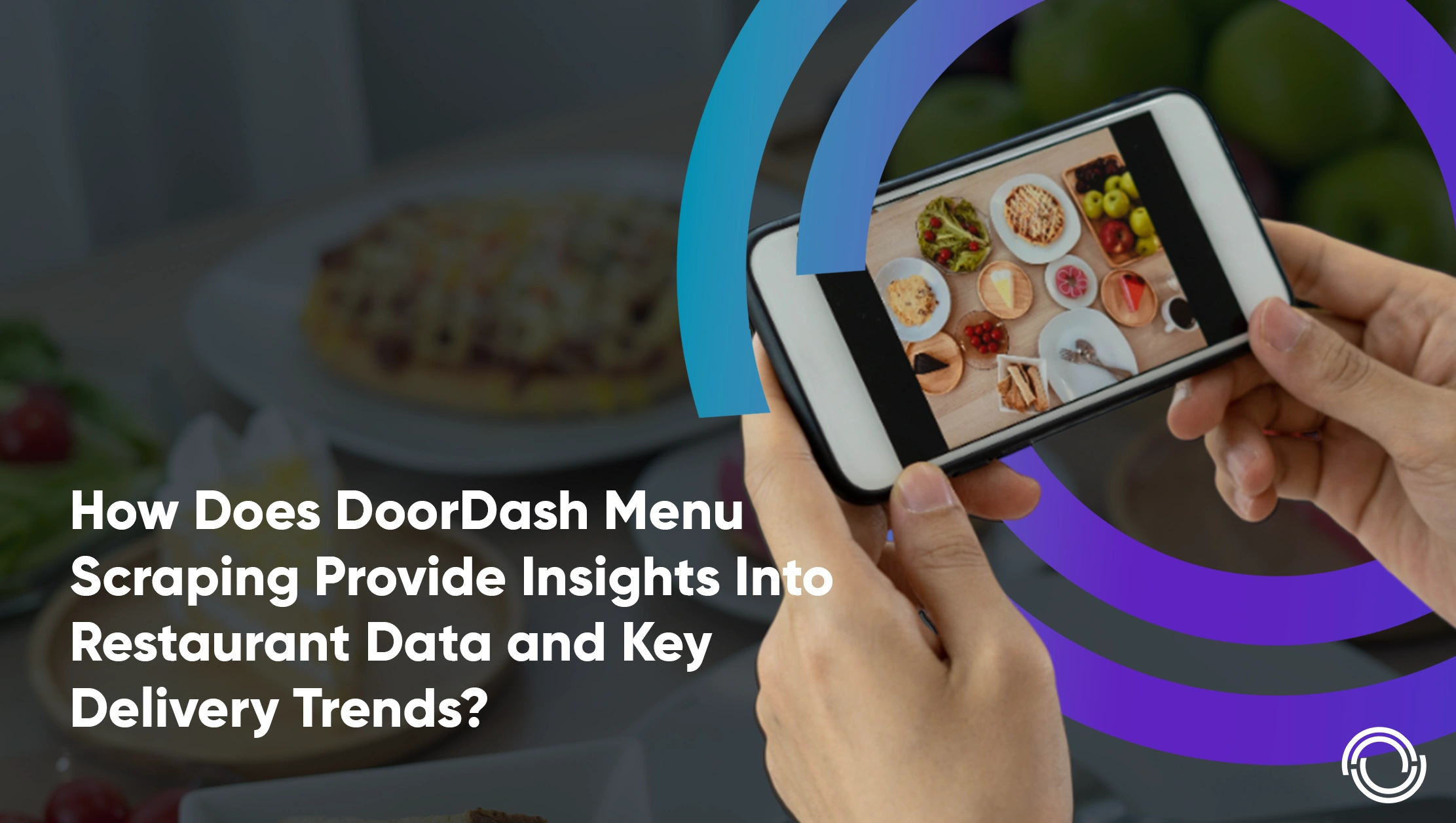Introduction
The food delivery industry has rapidly evolved into a data-driven ecosystem, where restaurants, aggregators, and analysts rely on precise insights to understand consumer demand, refine menus, and track competition. With platforms like DoorDash serving as both delivery facilitators and data-rich hubs, they capture shifting dining preferences from millions of users. Extracting these insights efficiently requires advanced methods, such as Food Delivery Data Scraping, which moves far beyond traditional manual tracking.
This is where DoorDash Menu Scraping becomes a critical tool. By extracting structured data from restaurant menus, businesses can gain a deeper understanding of not only pricing but also menu composition, product availability, customer preferences, and regional trends. For restaurants, this insight means stronger strategies around pricing optimization, menu positioning, and competitor benchmarking. For analysts and food service operators, it opens up opportunities to align delivery strategies with customer behavior patterns.
Additionally, restaurants that partner with DoorDash face the challenge of keeping pace with shifting trends, fluctuating prices, and promotional tactics from competitors. Menu scraping provides them with real-time, actionable insights that can directly influence decision-making. Whether it’s identifying popular dishes, tracking promotions, or evaluating delivery demand, structured data extraction enables restaurants and businesses to operate more efficiently and competitively in the rapidly evolving digital food delivery space.
Analyzing Competitor Pricing and Discounts
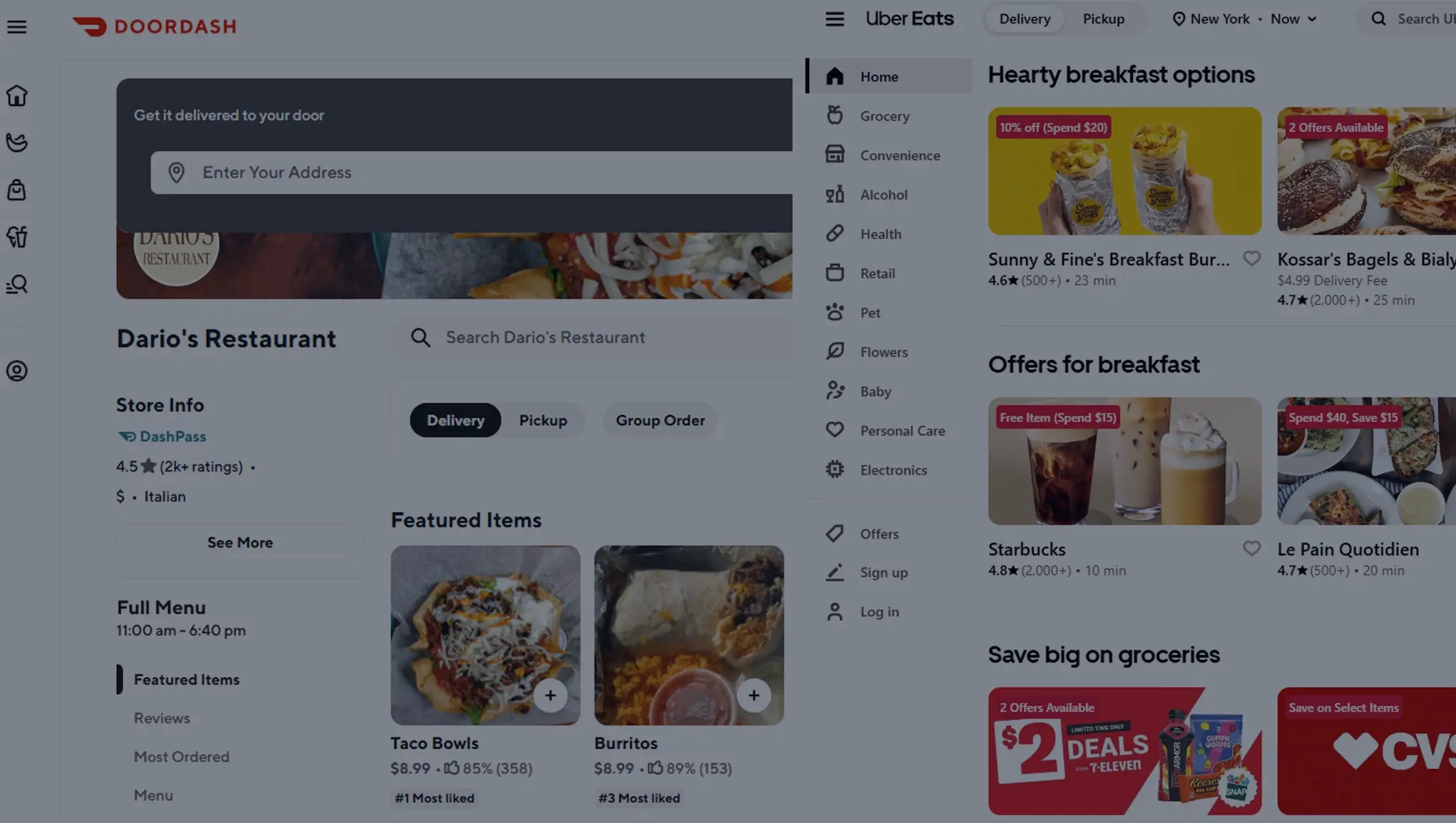
Restaurants in the competitive food delivery ecosystem often struggle to track how rivals set their prices. Since pricing strongly influences customer choices, having precise insights into Scrape DoorDash Restaurant Data becomes essential. Without reliable data, restaurants risk losing market share and falling behind competitors.
With advanced Restaurant Menu Scraping DoorDash processes, businesses can monitor how competitors adjust prices across different regions and categories. This allows them to position their offerings more competitively and avoid overpricing or underpricing. For instance, identifying when a competitor introduces discounts or bundle deals provides direct insights into promotional strategies.
Key benefits of analyzing competitor pricing include:
- Monitoring fluctuations in dish prices across regions.
- Identifying price gaps in premium and budget-friendly meals.
- Recognizing dynamic pricing changes during peak hours.
- Detecting bundled offers, discounts, and promotional deals.
- Understanding seasonal or festival-based price variations.
- Aligning pricing with consumer willingness to pay.
By staying proactive with competitor pricing analysis, restaurants can strengthen profitability while ensuring customers receive greater value. Leveraging Food Data Scraping Services allows businesses to move beyond simple price adjustments, focusing instead on data-driven decisions that reflect customer expectations and evolving market trends.
Optimizing Menus with Data-Driven Insights
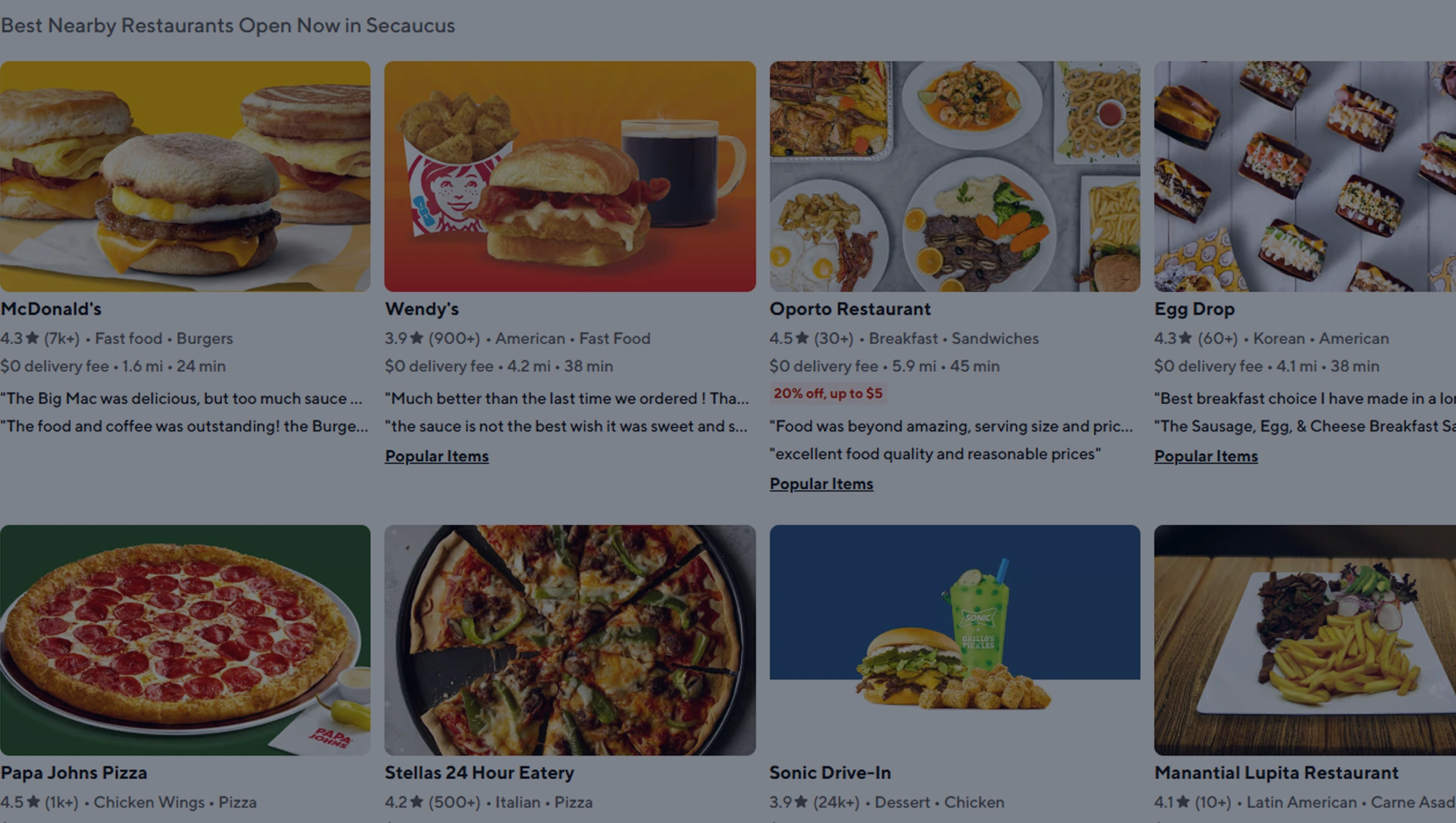
Menus are more than just listings of food items—they’re strategic tools that influence customer choices. Restaurants must design their menus not only to highlight their best dishes but also to remain competitive in the digital delivery space.
Through Food Delivery Menu Scraping, restaurants gain the ability to evaluate which dishes are trending, what competitors are promoting, and which categories drive the highest sales. This insight helps in reshaping menus to increase order frequency and customer satisfaction.
Key menu optimization advantages include:
- Understanding which items are frequently listed by top competitors.
- Analyzing the placement of dishes in premium versus budget categories.
- Identifying high-demand cuisines and emerging food trends.
- Reviewing portion sizes and combinations used in meal deals.
- Studying allergen disclosures, health tags, and ingredient highlights.
- Benchmarking menu descriptions and keywords that attract customers.
By aligning data insights with operations, restaurants can refine their offerings, eliminate low-performing items, and emphasize top-selling items. Using tools to Extract DoorDash Menu Prices enables precise menu optimization, ensuring options remain attractive, relevant, and competitively priced. In today’s digital delivery era, data-driven menus are vital for boosting sales conversions.
Tracking Delivery Times and Performance Trends
Delivery speed and performance have a direct impact on customer satisfaction and loyalty. Restaurants that fail to meet delivery expectations often receive negative reviews and experience a decline in repeat business.
Using DoorDash Delivery Trends Analysis, businesses can assess how delivery times vary across locations, time slots, and order categories. For example, monitoring how peak evening orders affect delivery efficiency provides actionable insights into staffing and resource allocation.
Advantages of delivery trend analysis include:
- Understanding average delivery times for popular cuisines.
- Identifying delays in specific regions or during high demand.
- Comparing competitor delivery speeds to benchmark performance.
- Detecting patterns in weekend versus weekday delivery efficiency.
- Analyzing how special offers impact delivery loads.
- Evaluating courier availability and time-to-dispatch trends.
By examining delivery performance, restaurants can optimize scheduling, ensure resource alignment, and improve overall efficiency. Customers expect transparency and consistency, and businesses that address delivery challenges stand a better chance of retaining their audience in the competitive food delivery industry.
Understanding Customer Preferences and Choices

Every order placed on a delivery platform reflects a customer's preferences, tastes, and behavioral choices. Analyzing these insights helps restaurants design offerings that resonate with demand.
With DoorDash Restaurant Insights Scraping, businesses can gain insight into what customers prefer to order during specific times of the day, which cuisines are most popular in different neighborhoods, and how dietary preferences influence purchasing behavior.
Core benefits of extracting customer insights include:
- Mapping cuisine preferences to geographic regions.
- Identifying seasonal spikes in dish demand.
- Analyzing the popularity of vegetarian, vegan, and gluten-free items.
- Detecting emerging trends such as plant-based meals.
- Monitoring add-ons like sauces, beverages, and sides.
- Tracking demand for limited-time offers or new dishes.
These insights enable restaurants to refine their offerings, create targeted promotions, and establish themselves as customer-centric brands. By aligning with customer choices, businesses enhance loyalty and maintain a strong competitive edge in the delivery market.
Studying Order Volumes and Seasonal Patterns
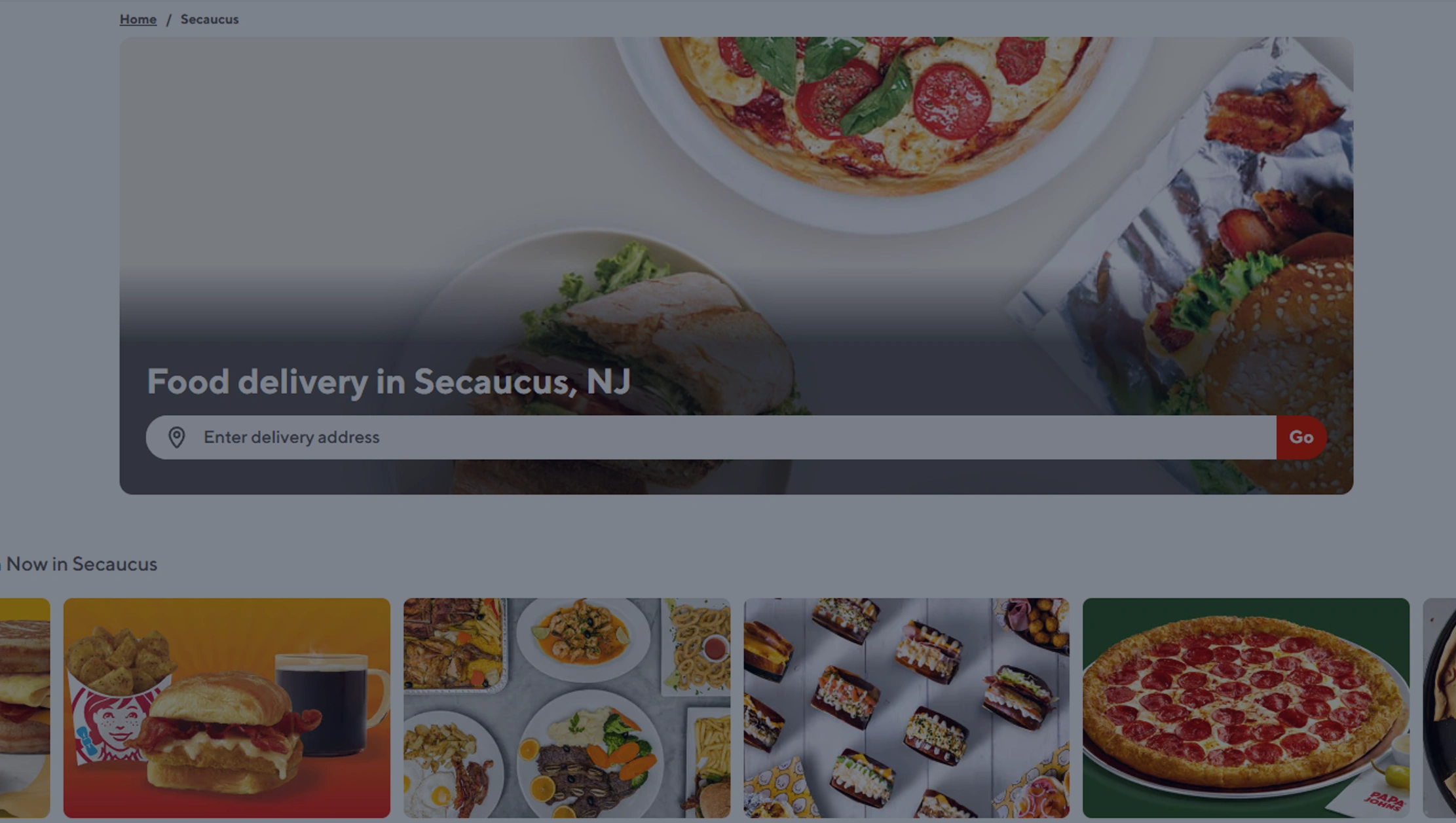
Order volume patterns reveal critical information about business performance and growth potential. Restaurants must analyze this data to anticipate demand fluctuations and adjust resources accordingly.
Through DoorDash Order Trends Scraping, businesses can analyze how order volumes fluctuate across different hours, days, and regions. This information enables them to design better staffing schedules, inventory planning, and promotional timing.
Key order trend insights include:
- Recognizing peak ordering times across weekdays and weekends.
- Detecting seasonal order surges during holidays and events.
- Tracking order frequency for high-demand categories.
- Comparing order volumes between premium and budget restaurants.
- Evaluating repeat order patterns by loyal customers.
- Studying order spikes caused by limited-time promotions.
Understanding order volumes helps restaurants stay prepared for both high and low demand periods, ensuring smooth operations. Accurate demand forecasting driven by data reduces waste, improves resource allocation, and drives higher efficiency.
Evaluating Competition and Growth Opportunities
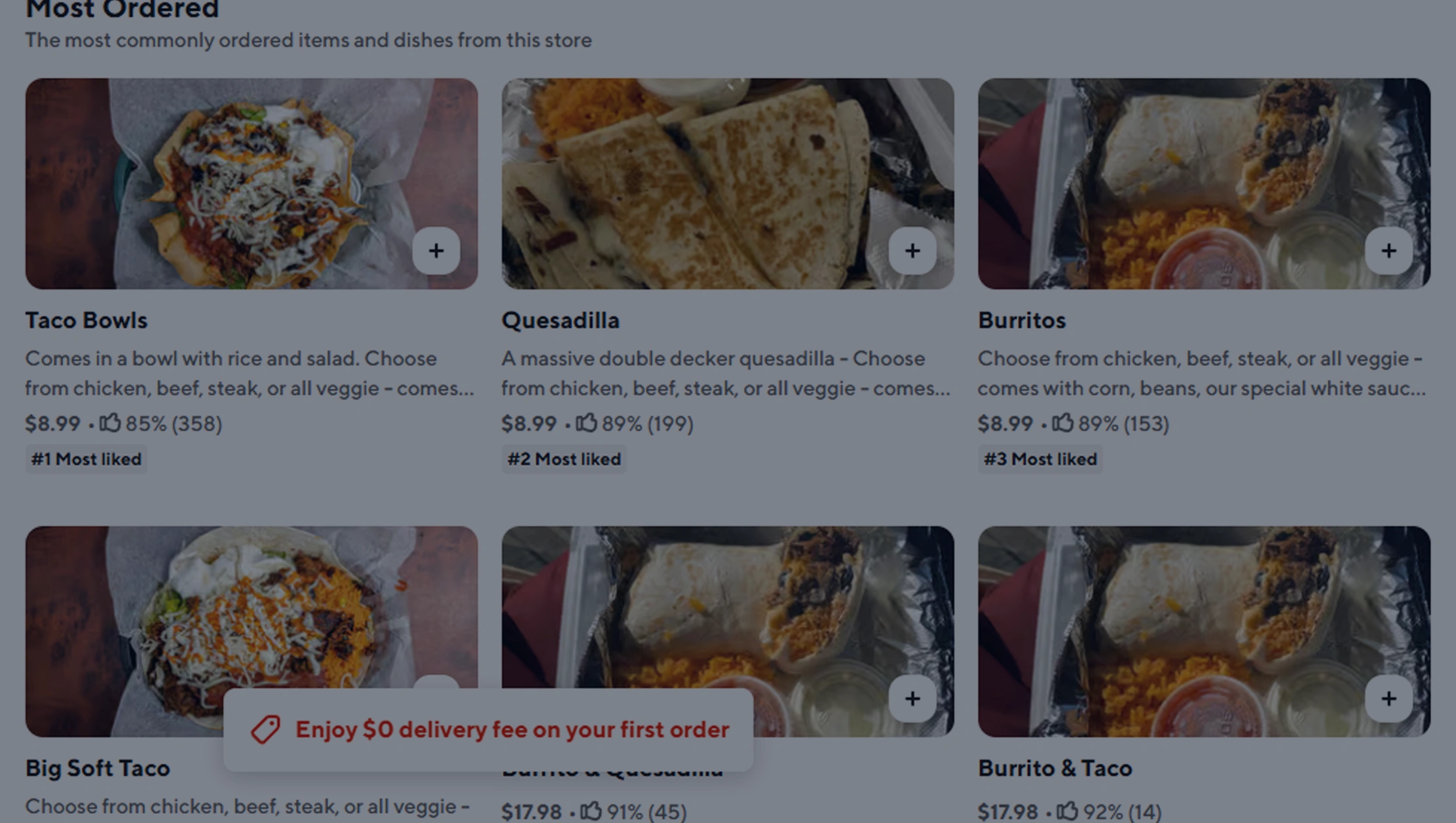
Competition in the food delivery industry is fierce, and restaurants must continually evaluate their market positioning. With DoorDash Competitor Data Extraction, restaurants gain access to detailed insights about how rival businesses operate, expand, and evolve. This helps identify growth opportunities and stay competitive.
Competitive analysis advantages include:
- Reviewing new restaurant launches in different regions.
- Analyzing pricing tiers across competitors.
- Studying discount campaigns and loyalty programs.
- Identifying emerging cuisines gaining traction.
- Comparing menu expansion strategies of top players.
- Detecting shifts in customer engagement across competitors.
By leveraging these insights, restaurants can develop more effective market positioning strategies. Evaluating competitors not only highlights challenges but also uncovers hidden opportunities to improve menu design, promotions, and delivery execution. For businesses seeking to expand or maintain their dominance, competitive intelligence is a vital driver of sustainable growth.
How Web Fusion Data Can Help You?
We specialize in providing advanced DoorDash Menu Scraping solutions that deliver structured insights into restaurant data, menu composition, pricing models, and delivery trends. By extracting meaningful data, businesses can optimize decision-making and improve their competitive positioning in the food delivery landscape.
Our solutions empower businesses by:
- Delivering structured datasets tailored to business requirements.
- Ensuring high accuracy with real-time data updates.
- Covering multiple regions for broader market intelligence.
- Offering flexible integration with analytics platforms.
- Enhancing visibility into competitor strategies.
- Supporting both large-scale and custom scraping needs.
By combining advanced tools with scalable methodologies, we ensure clients receive reliable datasets that fuel smarter decisions. With the growing demand for Food Data Scraping Services, our expertise allows restaurants and delivery businesses to thrive in today’s fast-paced market.
Conclusion
In today’s competitive food delivery landscape, DoorDash Menu Scraping has become a crucial tool for extracting actionable insights that help restaurants align with customer expectations and market shifts. By analyzing structured datasets, businesses gain clarity on pricing, menus, delivery, and consumer demand, turning information into actionable opportunities.
For restaurants aiming to scale strategically, utilizing Web Scraping DoorDash Data enables long-term success by ensuring every decision is supported with real-time information. Whether improving operations, optimizing delivery, or benchmarking against competitors, structured data drives smarter outcomes. Contact Web Fusion Data today and transform the way you approach restaurant intelligence with our reliable and tailored scraping solutions.
